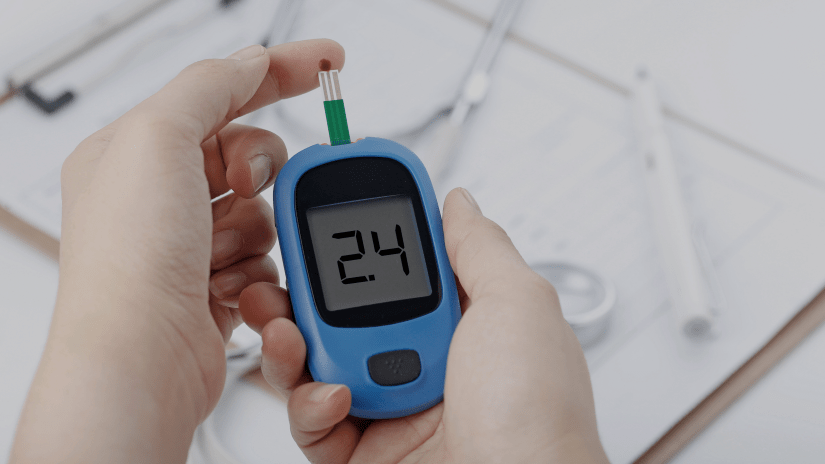An article published by Forbes last year said that across the US, there will be an increase in the number of patients, whereas the number of doctors will remain same. The static supply of healthcare professionals is a significant cause of concern. Nowadays, the amount of time and number of interactions between a patient and a doctor have lessened. The reason being, doctors end up utilizing most of their time in doing paperwork. This is where UX comes into the picture. Healthcare products, if designed according to the expectations of patients and medical practitioners, will manifest as more time for doctors to give personal attention to patients. UX/UI design can play a key role in building the future for healthcare products. How can this be done? By designing healthcare products according to the patient’s and the doctor’s need. Product designs and their implementations are the key factors that affect usability in healthcare.
UX Challenges in Healthcare
In healthcare, designing according to user needs involves efficiency, usability, and a better UX for patients as well as medical practitioners. Understanding user needs while solving any problem is getting halfway through it. There are different levels of needs and understanding those will require the designers to move beyond merely solving the problems that the healthcare system has created for itself. Roadblocks persist across the healthcare sector, where we’ve had appalling instances of an Ebola patient being sent home, to a cancer patient falling prey to toxicity and dehydration. Errors such as these were a possible outcome of poorly designed user interfaces. Medical errors, not surprisingly then, have been ranked to be the third leading cause of death in the United States.
For instance, a common issue faced by medical practitioners and patients in using a healthcare-related product is their inability to use the product efficiently. Recently, a UXPA Magazine article on medical device usability gave an example of a poorly designed glucose meter. The decimal point in the display of the device, as pictured below, was not very noticeable.

Any person with poor eyesight could interpret their glucose level as ten times higher than reality. This is a very basic example of a poorly designed medical device. Similarly, such poorly designed healthcare products can lead to loss of life.
Another challenge in designing healthcare products is Interoperability. What is Interoperability? It is the ability of a product to exchange and make use of information. Most healthcare applications need to interface with external systems. These interfaces are complex. Several UX standards have been built to simplify the same. But the hurdles to this implementation are that they require a lot of time, overrunning of codes, and rework.
Nowadays, the privacy of a patient’s records is the key concern – the result of which is that the regulatory requirements have been mandated. One should always keep in mind the security of these records while designing a healthcare product. HIPAA and PHIPA are mandated to protect and prevent the misuse of patient’s data. A product should protect the records of the patients as well as allow the users to efficiently accomplish their tasks (should not be over-restrictive).
Also, Check our blog on IOT in Healthcare
Bettering Healthcare with UX
User-friendly design is the driving force behind innovation and success. Research, creation, and evaluation are the three steps that lead to innovation. These three steps can reduce the communication gap between your team and the users.
Tips one should keep in mind while designing a healthcare product:
- The UX methodologies should not be kept as an afterthought. Instead, they should be applied from the beginning of the design and development process.
- Try to bring in the UX expertise as quickly as needed.
- Use appropriate techniques and deliverables to understand user input.
- Try and understand about the leadership and culture in the vendor company/hospital.
- The primary step should be research. Understanding the users, their problems, goals and tasks should always be kept in mind while designing a healthcare product.
- Getting on with the design for the first time is very rare. So, one should always be prepared to iterate on the designs multiple times.
Testing early with the appropriate users may lead to the detection of flaws in the current design.
The innovations in healthcare mainly focus on the majority population. One should never neglect the perspective of the minority population while designing a healthcare product. Here are two instances –
Patient care: Understanding the patient’s pain, concerns, fears, etc. will help designers/stakeholders understand how the upcoming design can be developed in a way so that it can help the patients.
Clinical experience: Generally, we witness the patients waiting outside the emergency room and experiencing the pain of waiting for their turn to come. While designing, one should brainstorm on the better ways of managing the doctors’ schedules so as to reduce the waiting period.
It has been noticed once too often that digital health solutions of today are helpful solely to either the caregiver or the receiver, but not both. This is probably the reason why even the latest, most state-of-art tech solutions in the healthcare sphere leave much to be desired in terms of fulfilling user needs. The greatest challenge for UX designers operating in the healthcare sector would be to create digital solutions that attain the golden mean in terms of befitting user needs on both sides, that of the medical supervisors and the patients.











